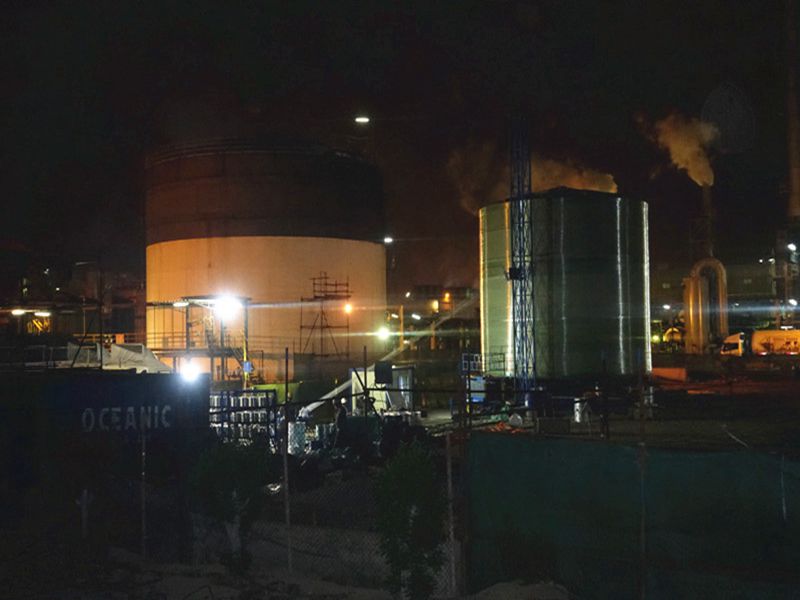
-
 Afrikaans
Afrikaans -
 Albanian
Albanian -
 Amharic
Amharic -
 Arabic
Arabic -
 Armenian
Armenian -
 Azerbaijani
Azerbaijani -
 Basque
Basque -
 Belarusian
Belarusian -
 Bengali
Bengali -
 Bosnian
Bosnian -
 Bulgarian
Bulgarian -
 Catalan
Catalan -
 Cebuano
Cebuano -
 China
China -
 China (Taiwan)
China (Taiwan) -
 Corsican
Corsican -
 Croatian
Croatian -
 Czech
Czech -
 Danish
Danish -
 Dutch
Dutch -
 English
English -
 Esperanto
Esperanto -
 Estonian
Estonian -
 Finnish
Finnish -
 French
French -
 Frisian
Frisian -
 Galician
Galician -
 Georgian
Georgian -
 German
German -
 Greek
Greek -
 Gujarati
Gujarati -
 Haitian Creole
Haitian Creole -
 hausa
hausa -
 hawaiian
hawaiian -
 Hebrew
Hebrew -
 Hindi
Hindi -
 Miao
Miao -
 Hungarian
Hungarian -
 Icelandic
Icelandic -
 igbo
igbo -
 Indonesian
Indonesian -
 irish
irish -
 Italian
Italian -
 Japanese
Japanese -
 Javanese
Javanese -
 Kannada
Kannada -
 kazakh
kazakh -
 Khmer
Khmer -
 Rwandese
Rwandese -
 Korean
Korean -
 Kurdish
Kurdish -
 Kyrgyz
Kyrgyz -
 Lao
Lao -
 Latin
Latin -
 Latvian
Latvian -
 Lithuanian
Lithuanian -
 Luxembourgish
Luxembourgish -
 Macedonian
Macedonian -
 Malgashi
Malgashi -
 Malay
Malay -
 Malayalam
Malayalam -
 Maltese
Maltese -
 Maori
Maori -
 Marathi
Marathi -
 Mongolian
Mongolian -
 Myanmar
Myanmar -
 Nepali
Nepali -
 Norwegian
Norwegian -
 Norwegian
Norwegian -
 Occitan
Occitan -
 Pashto
Pashto -
 Persian
Persian -
 Polish
Polish -
 Portuguese
Portuguese -
 Punjabi
Punjabi -
 Romanian
Romanian -
 Russian
Russian -
 Samoan
Samoan -
 Scottish Gaelic
Scottish Gaelic -
 Serbian
Serbian -
 Sesotho
Sesotho -
 Shona
Shona -
 Sindhi
Sindhi -
 Sinhala
Sinhala -
 Slovak
Slovak -
 Slovenian
Slovenian -
 Somali
Somali -
 Spanish
Spanish -
 Sundanese
Sundanese -
 Swahili
Swahili -
 Swedish
Swedish -
 Tagalog
Tagalog -
 Tajik
Tajik -
 Tamil
Tamil -
 Tatar
Tatar -
 Telugu
Telugu -
 Thai
Thai -
 Turkish
Turkish -
 Turkmen
Turkmen -
 Ukrainian
Ukrainian -
 Urdu
Urdu -
 Uighur
Uighur -
 Uzbek
Uzbek -
 Vietnamese
Vietnamese -
 Welsh
Welsh -
 Bantu
Bantu -
 Yiddish
Yiddish -
 Yoruba
Yoruba -
 Zulu
Zulu
Exploring the Benefits and Applications of Fiberglass Clarifiers in Water Treatment Systems
Understanding Fiberglass Clarifiers A Sustainable Solution for Water Treatment
In the quest for cleaner and safer water, innovative technologies have played a vital role in transforming water treatment processes. Among these technologies, fiberglass clarifiers have emerged as a sustainable and efficient solution for wastewater management. This article delves into the design, benefits, applications, and environmental impact of fiberglass clarifiers, highlighting their significance in modern water treatment systems.
What is a Fiberglass Clarifier?
A fiberglass clarifier is a type of water treatment equipment designed to separate suspended solids from liquid waste through gravity. Constructed from reinforced fiberglass, these clarifiers are renowned for their durability, light weight, and resistance to corrosion. The technology typically employs a gravity-driven sedimentation process, where water is allowed to flow slowly through the tank, enabling heavier particles to settle at the bottom while the cleaner water rises to the top. This process is crucial in removing impurities from wastewater before it undergoes further treatment or is released back into the environment.
Advantages of Fiberglass Clarifiers
1. Corrosion Resistance Fiberglass is inherently resistant to corrosion, making it an ideal choice for environments exposed to harsh chemicals and varying temperatures. Unlike metal counterparts, fiberglass clarifiers do not rust, ensuring longevity and reduced maintenance costs.
2. Lightweight and Cost-Effective The lightweight nature of fiberglass makes these clarifiers easier to transport and install. This translates to lower shipping and labor costs, making fiberglass clarifiers a cost-effective option for various water treatment applications.
3. High Efficiency The design of fiberglass clarifiers allows for enhanced sedimentation rates. This means that larger volumes of water can be treated more rapidly compared to traditional clarifiers, making them suitable for high-demand situations.
4. Energy Efficiency With fewer moving parts and a simplistic design, fiberglass clarifiers operate with lower energy requirements. This energy efficiency not only reduces operational costs but also minimizes the overall carbon footprint of the water treatment facility.
Applications of Fiberglass Clarifiers
fiberglass clarifier

Fiberglass clarifiers are versatile and can be used in a variety of water treatment applications, including
- Municipal Wastewater Treatment Local governments utilize fiberglass clarifiers to treat wastewater before it is released into natural water bodies, helping to maintain ecosystem health.
- Industrial Wastewater Management Factories and industrial facilities often produce wastewater with high levels of contaminants. Fiberglass clarifiers effectively remove these contaminants, ensuring compliance with environmental regulations.
- Stormwater Management In urban areas, fiberglass clarifiers can be integrated into stormwater management systems to filter out pollutants from runoff, protecting water quality in lakes, rivers, and streams.
- Aquaculture In fish farming, maintaining water quality is essential for the health of the aquatic life. Fiberglass clarifiers play a crucial role in keeping the water clean by removing fecal matter and uneaten feed.
Environmental Benefits
The use of fiberglass clarifiers significantly contributes to environmental sustainability. By effectively treating wastewater and reducing pollutants before they enter natural bodies of water, these clarifiers help protect aquatic ecosystems and biodiversity. Additionally, their energy-efficient design lowers greenhouse gas emissions associated with water treatment processes.
Conclusion
Fiberglass clarifiers represent a forward-thinking solution to the challenges of water treatment in the modern world. Their myriad advantages, ranging from durability to cost-effectiveness and environmental sustainability, position them as a preferred choice in both municipal and industrial applications. As water scarcity and pollution increasingly become pressing global issues, the adoption of technologies like fiberglass clarifiers is essential in our collective effort to ensure clean and safe water for future generations.
Latest news
-
High-Quality Fiberglass Car Bodies Durable GRP Car & Boat Body SolutionsNewsJul.08,2025
-
High-Quality Fiberglass Dual Lamination Product Manufacturer Durable FRP & GRP Dual Lamination SolutionsNewsJul.08,2025
-
Rectangular Tank with Dimensions for GRP Calculation Custom Fiberglass GRP Rectangular TanksNewsJul.07,2025
-
High-Quality Fiberglass Weir Custom FRP Weir & Fiberglass Tanks ManufacturerNewsJul.07,2025
-
CPVC FRP Pipe A Reliable Choice for Industrial Applications High Strength & Corrosion ResistanceNewsJul.07,2025
-
Fiberglass Scrubber for Effective Cleaning and Stain Removal – Superior Performance in Various ApplicationsNewsJul.06,2025









